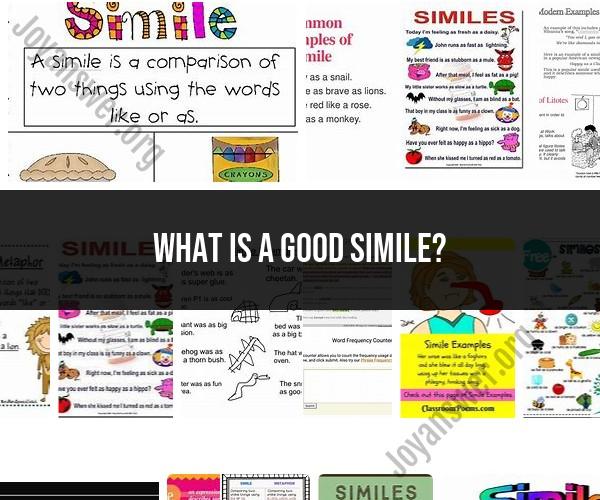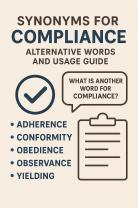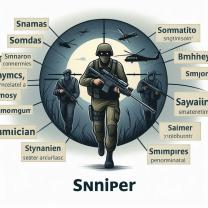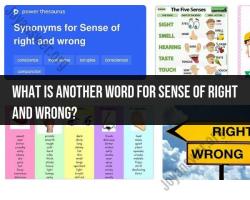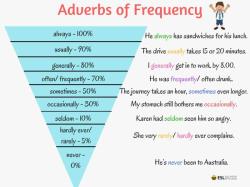What is a good simile?
A good simile is one that effectively compares two unlike things using "like" or "as" to create a vivid and imaginative description. Here are some characteristics of a good simile in creative writing:
Clarity: A good simile is clear and easy to understand. It should enhance the reader's understanding of the subject being described.
Vivid Imagery: It creates a strong mental image in the reader's mind, making the description more engaging and memorable.
Relevance: A good simile is relevant to the context and subject matter of the writing. It should add depth or meaning to the text.
Creativity: It goes beyond clichés and common comparisons, offering a fresh and creative perspective on the subject.
Emotional Impact: A well-crafted simile can evoke emotions in the reader, helping them connect with the text on a deeper level.
Conciseness: Similes are typically concise and don't drag on. They make a quick and effective comparison.
Here are a few examples of good similes:
"Her smile was as bright as the morning sun."
- This simile is clear, vivid, and creates a positive image of a bright smile.
"The room was as cold as ice."
- This simile effectively conveys the extreme coldness of the room.
"His voice cracked like dry leaves in the wind."
- This simile not only describes the cracking sound but also evokes a sense of fragility.
"She danced as gracefully as a swan on a calm lake."
- This simile combines grace and tranquility, painting a vivid picture of graceful dancing.
"Time slipped away like sand through his fingers."
- This simile captures the idea of time passing quickly and escaping one's control.
Ultimately, a good simile enhances the overall quality of your writing by adding depth, imagery, and emotion to your descriptions. It allows readers to connect with your words and engage more fully with your storytelling.
